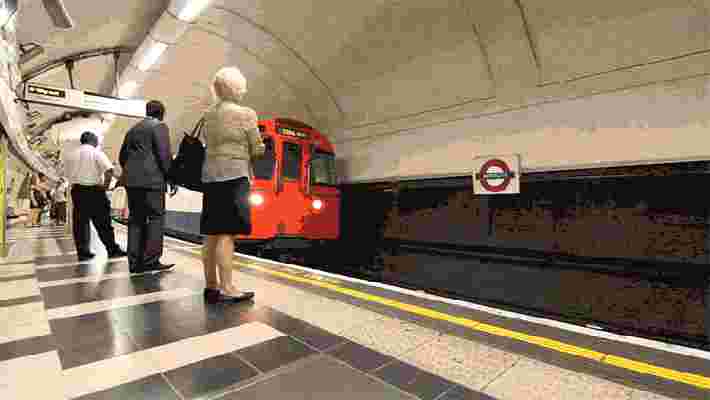June 03,2022
London’s Tube Begins Trial for Recycling Energy From Its Trains’ Brakes
by David Stewart

The London Underground, which began operations in 1863, is the world’s oldest rapid transit line. It has been modernized many times over the years to improve rider experience and punctuality. But last month the Tube began trials of a technology that could significantly change how much energy is required to power the system.
In a five-week period that began in late September, engineers have been testing a process at the Cloudesley Road station on Victoria Line trains that uses the force of a braking train to create power. As cars pull into the station, an inverter converts energy gathered from the force of the decreasing momentum and turns it into electricity, which is routed to the electrified rail and back into the Tube’s grid. The initial results were promising: After just one week of using the technology, Victoria Line trains recovered enough power to run Holborn, London’s smallest Tube station, for roughly two days per week.
Based on these experiments, the Underground could save $9.2 million a year in costs if such changes are rolled out across the whole network. “The trial puts London at the cutting edge of this kind of technology,” says Matthew Pencharz, London’s deputy mayor for environment and energy. “And it clearly demonstrates how energy from trains can be recovered to power Tube stations, making the network more environmentally friendly and cost-effective.”
The braking-trains project is one of several ideas being proposed to save energy and cut costs throughout London’s mass transit system. Last month, the architecture firm NBBJ introduced a futuristic concept of replacing the Circle Line trains with three side-by-side electronic walkways, each one moving at a different speed, which would take commuters around the circular Tube route.






